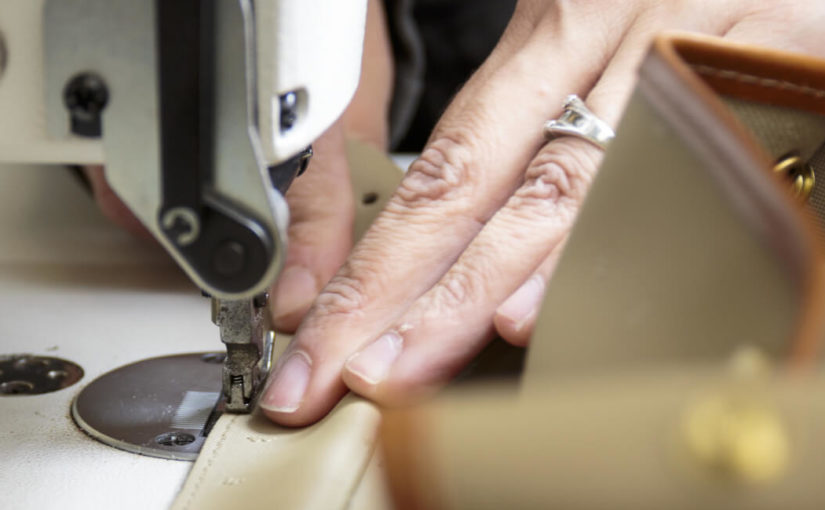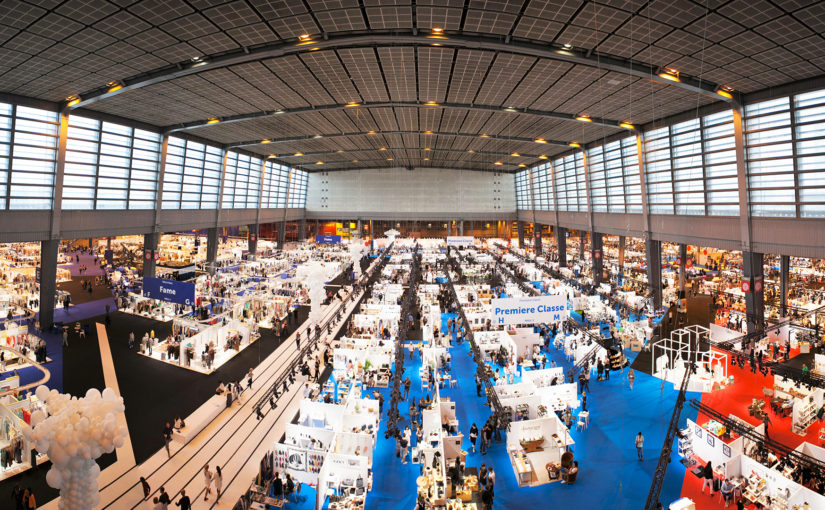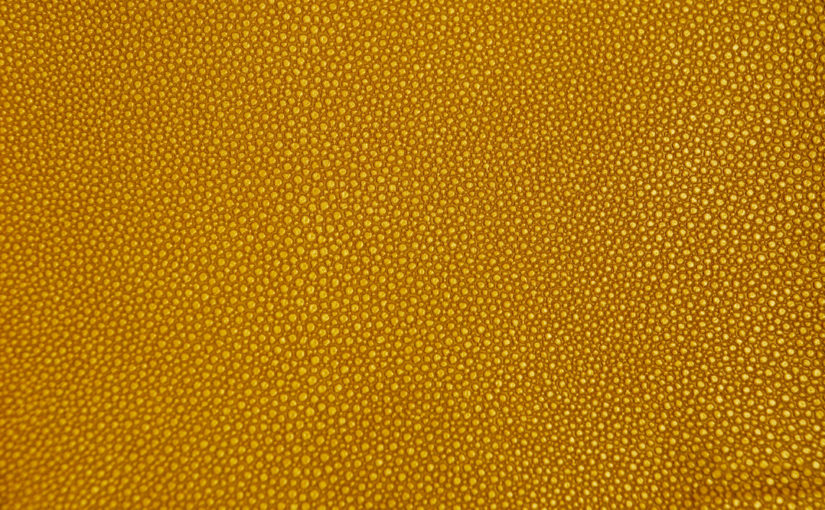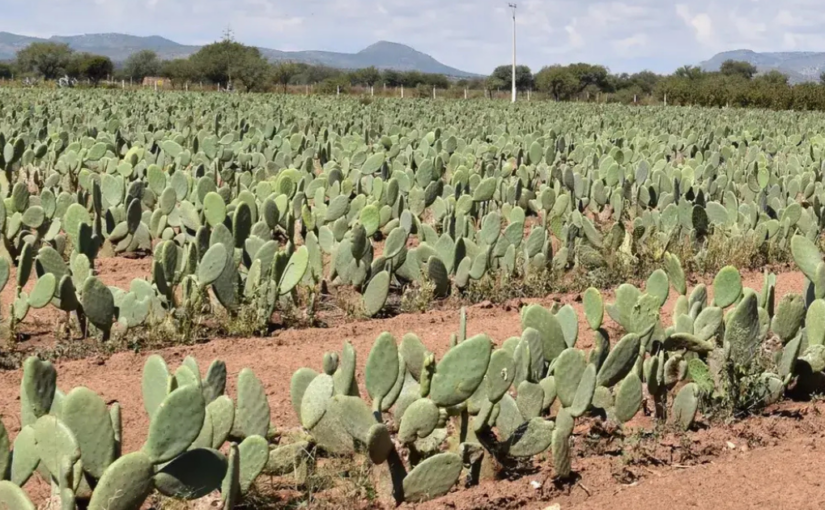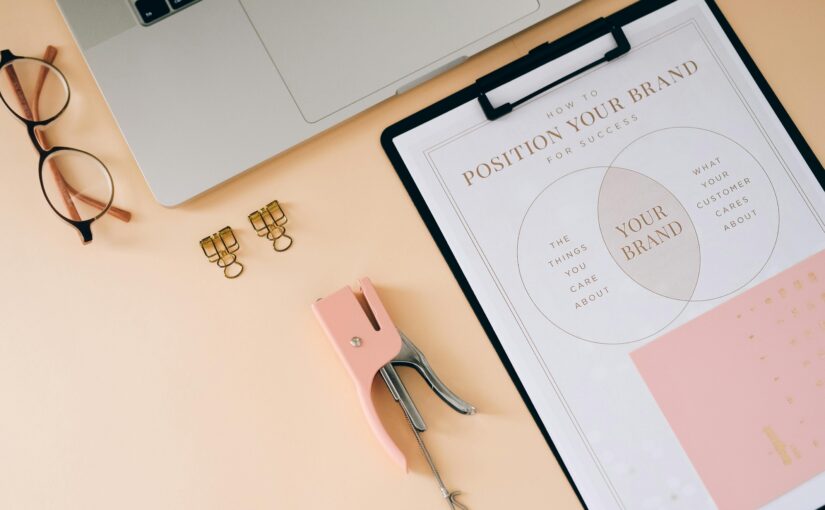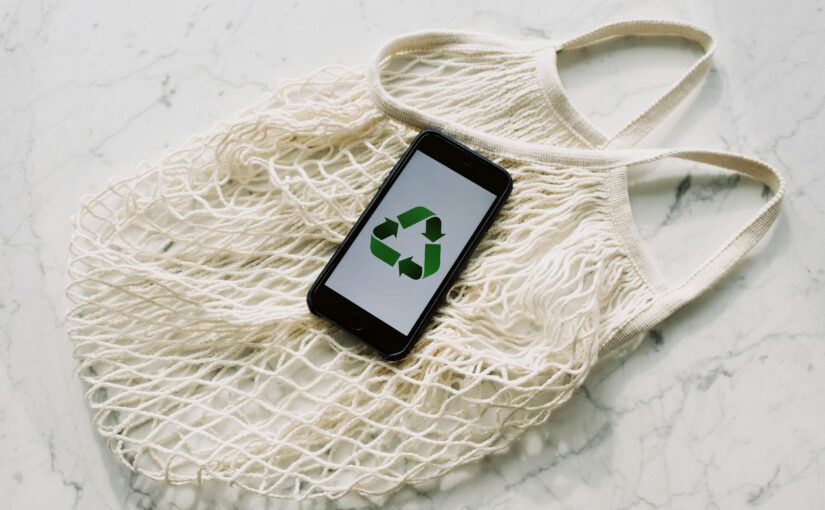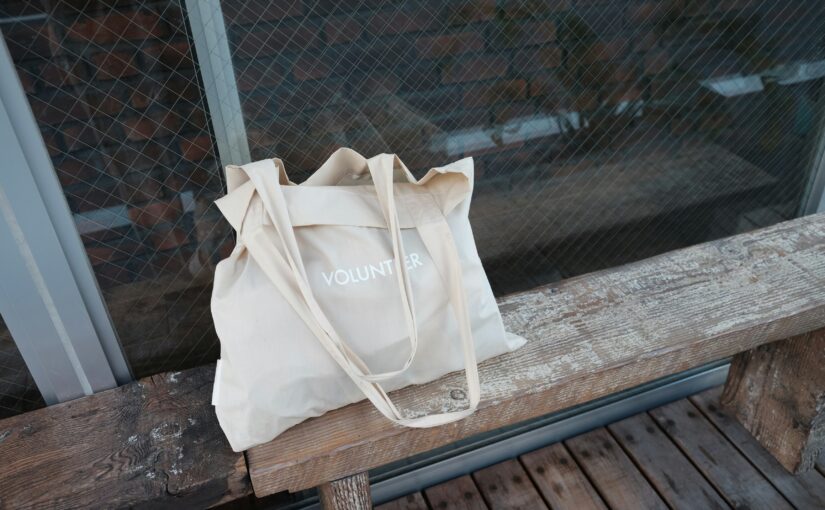The phrase “Made in the USA” is more than just a tagline- it conveys quality and craftsmanship. For soft goods startups and established brands alike, domestic manufacturing offers not only logistical benefits but also powerful opportunities to connect with consumers. At Softline Brand Partners, we understand the impact of a well-told brand story, and we believe that American-made products can be one of its strongest chapters.
The Emotional Resonance of American-Made
Consumers are no longer passive buyers—they’re informed participants in the supply chain. They care about where their products come from, how they’re made, and who makes them. A “Made in the USA” label tells consumers that your product is authentic, of high quality, and made with ethical integrity.
Choosing domestic manufacturing helps brands tell stories rooted in craftsmanship, accountability, and community investment. It evokes images of skilled workers, ethical labor conditions, and products made with care, not just mass-produced goods but items with a human touch. As more consumers value sustainability and corporate social responsibility, these locally produced narratives enhance brand trust and loyalty.
Strategic Advantages in Marketing
Incorporating a domestic manufacturing story into your soft goods marketing strategy is not about waving an American flag. Instead, it’s about strategically communicating your brand’s deeper values and connecting with your audience on an emotional level. Here are a few ways “Made in the USA” can strengthen your marketing efforts:
Brand Differentiation
In markets saturated with a plethora of products and brands, differentiation makes a big difference. Domestic products can stand out in the crowd due to their perceived quality, speed to market, and company transparency. Highlighting this in your messaging positions your brand as thoughtful, premium, and deliberate.
Stronger Consumer Trust
Brand transparency fosters consumer trust. By sharing insights into your US-based supply chain, you give customers an inside scoop into your brand, giving them confidence that your brand is accountable.
Emotional Connection
A product is more than just a product– it can tell your brand’s story. Featuring American artisans, domestic supply chain partners, and community impact in your storytelling creates a narrative that resonates. It humanizes your brand, fostering a deeper emotional bond with your audience.
Agility in Messaging
In the fast-paced, consumer-driven market, agility is key to success. Domestic production allows for flexibility to make quick pivots in production to meet changing consumer demand. Domestic production also allows for quicker pivots in messaging or product iterations.
Aligning with Softline’s Mission
At Softline Brand Partners, domestic manufacturing isn’t just a service—it’s part of our identity. With U.S.-based facilities and development teams, we offer partners the ability to scale quickly without sacrificing quality or control. Our localized approach brings brands closer to their products, fostering transparency and streamlining the supply chain process.
Our clients benefit from faster lead times, reduced freight costs, and consistent quality assurance—all while being able to confidently say that their product was made in the USA.
Crafting Your Brand Narrative Around “Made in the USA”
To fully leverage the power of domestic manufacturing in your brand storytelling, consider these practical steps:
- Highlight Local Impact: Share stories about how your operations contribute to American jobs and local economies. This can be woven into social media, product pages, or PR efforts.
- Showcase Craftsmanship: Use photos, videos, or behind-the-scenes content to spotlight the care and attention that goes into each product. Customers love to see the human element behind the goods they purchase.
- Be Transparent: Include supply chain details on your website, packaging, or marketing materials. Transparency about your products builds consumer confidence.
- Educate Your Audience: Many consumers want to support American-made products but don’t always understand the “why.” Use your platforms to explain the benefits—environmental, ethical, and economic—of domestic production.
- Tell Real Stories: Profile your workers, highlight your partners, and share real experiences. People connect with people, not processes.
Embrace the Power of Domestic Manufacturing
American-made products aren’t just patriotic—they’re powerful tools for storytelling. They communicate care, commitment, and connection in a market stuffed with products and brands.
At Softline Brand Partners, we help brands like yours craft that story. From early product development to full-scale manufacturing, our U.S.-based services empower your brand to stand out, stay agile, and speak authentically.
Ready to build a stronger brand narrative with American-made credibility?
Contact us today to learn how our domestic manufacturing solutions can elevate your brand and connect with consumers in meaningful ways.

